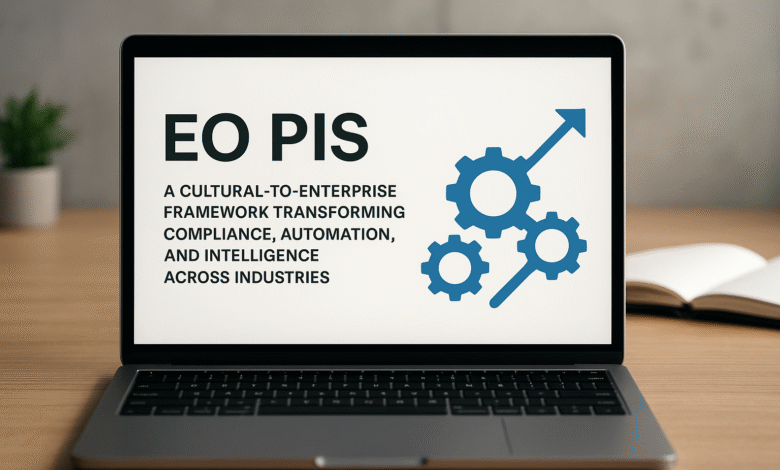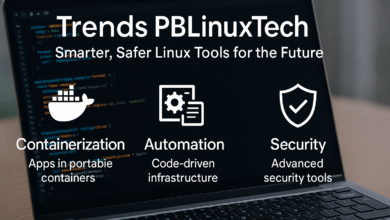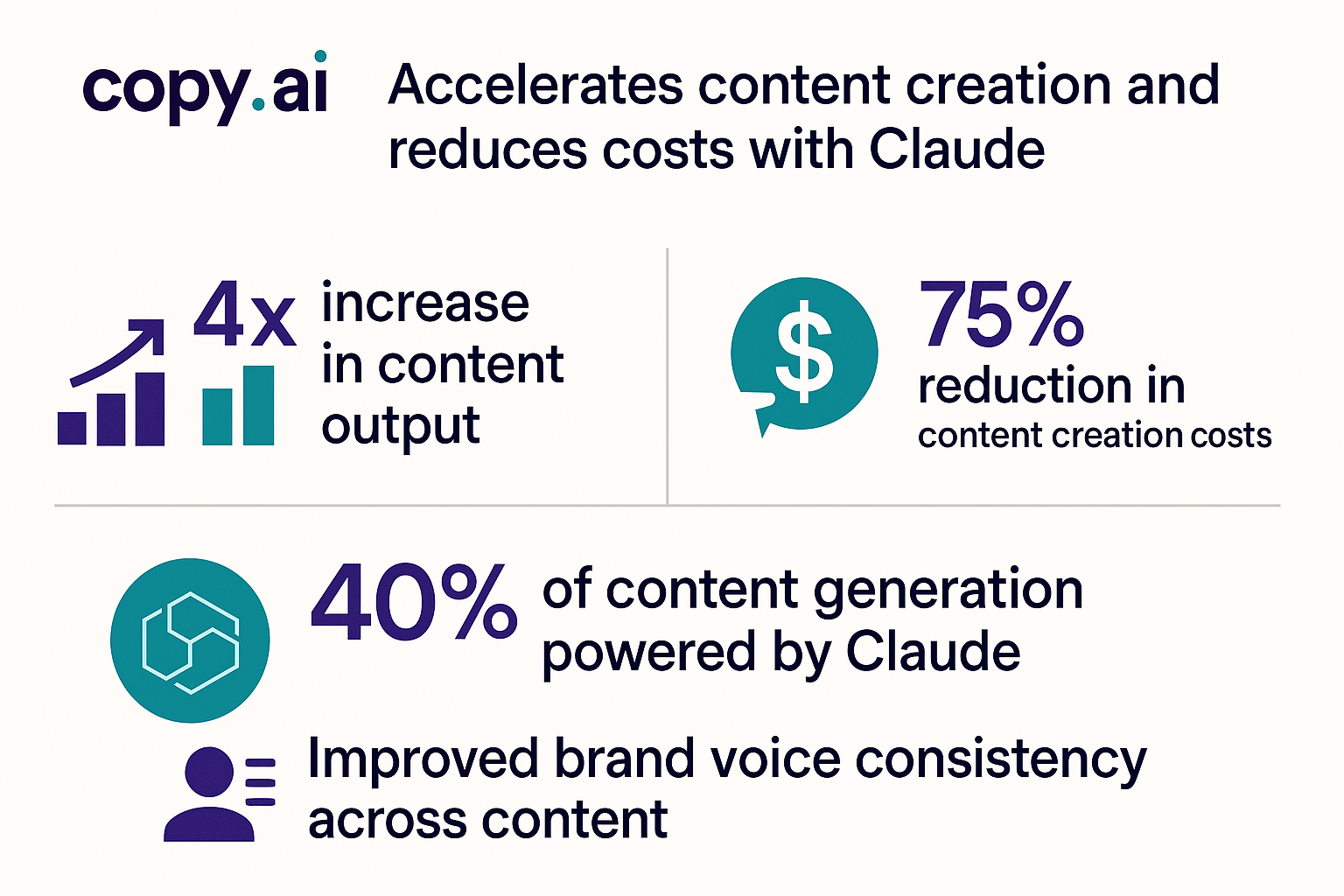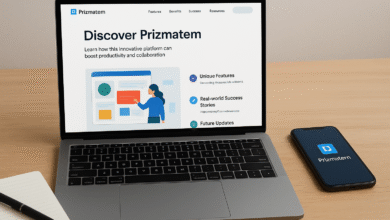EO PIS: Framework, Relevance, and Its Cultural Significance

In today’s digital-first business world, EO PIS has evolved far beyond a passing phrase or an internet curiosity. What began as a quirky expression within niche online communities has gradually transformed into a structured framework with real-world impact. More than just a technological platform, EO PIS represents the intersection of culture, compliance, and operational intelligence. Its journey from meme to method is a striking example of how digital language can shape enterprise systems.
Understanding EO PIS Today
At its core, EO PIS is both a symbol and a system. It represents a new way of linking cultural innovation with operational frameworks. Initially seen in digital communities as a form of slang, EO PIS became embedded into broader communication patterns and was later embraced by enterprises as a structural tool for performance tracking and governance.
Today, EO PIS functions as a digital ecosystem that aligns business functions with cultural and technological shifts. By connecting real-time dashboards, automation tools, and compliance-driven workflows, it allows organizations to bridge the gap between creative expression and operational control.
EO PIS: From Cultural Origins to Compliance Frameworks
One of the most fascinating aspects of EO PIS is how it blends culture with compliance. Its early use in digital slang showed how communities create meaning through shared expression. Over time, this expression was redefined by businesses, who adapted EO PIS as a serious framework for governance, automation, and transparency.
What makes EO PIS powerful is this dual role: it is both a product of cultural creativity and a system designed for enterprise-grade compliance. This unique blend positions EO PIS as more than just another reporting tool—it is a cultural and operational bridge.
Core Components of EO PIS Systems
Behind every successful EO PIS implementation lies a series of interconnected components that ensure efficiency, traceability, and consistency. These include:
-
Automation: Triggering workflows and reducing reliance on manual intervention.
-
Dashboards: Delivering real-time data snapshots for quick decision-making.
-
Auditability: Maintaining transparent records for compliance and governance.
-
Validation: Ensuring data consistency across systems and reports.
These features reduce human error, improve operational accuracy, and help businesses maintain strong governance while increasing efficiency.
Why EO PIS Works Across Industries
The versatility of EO PIS is one of its biggest advantages. It adapts seamlessly to different industries by enhancing workflows, improving monitoring, and aligning processes with compliance. Examples include:
-
Retail and Logistics: Streamlining end-of-cycle reporting and tracking inventory.
-
Financial Services: Ensuring accurate reconciliations and regulatory compliance.
-
Healthcare Operations: Strengthening patient data governance and audit trails.
-
Technology and SaaS: Enabling real-time performance tracking and system monitoring.
Because it blends cultural adaptability with robust compliance features, EO PIS delivers value across both creative and highly regulated sectors.
EO PIS as a Business Intelligence Tool
Modern enterprises increasingly rely on EO PIS as a central intelligence system. By combining monitoring tools, analytics, and automation, EO PIS enables decision-makers to track KPIs, ensure compliance, and react quickly to organizational changes.
Unlike static reporting systems, EO PIS emphasizes real-time data integration, predictive insights, and actionable reporting. In this way, it becomes not only a reporting tool but also a performance control hub.
EO PIS vs. Traditional Reporting Systems
When compared to older reporting frameworks, EO PIS stands out as a transformative system.
| Features | EO PIS | Traditional Reporting |
|---|---|---|
| Data Flow | Event-driven | Batch processing |
| Adaptability | High (real-time triggers) | Low (manual updates) |
| Intelligence | Predictive & actionable | Descriptive only |
| Cultural Relevance | Embedded in digital ecosystems | Absent |
This shift reflects the move from rigid reporting to adaptive digital ecosystems, highlighting how EO PIS embodies both cultural and technological evolution.
Building an EO PIS System: Step-by-Step
Designing an effective EO PIS structure requires careful planning. The process can be broken down into these key stages:
-
Define process boundaries – Clearly outline the scope of your closure cycles.
-
Identify critical data domains – Focus on the most valuable data sources.
-
Codify business rules – Document governance standards and compliance logic.
-
Automate pipelines – Build and test automated workflows for efficiency.
-
Monitor and improve – Continuously validate, adjust, and scale.
This method ensures that EO PIS remains both resilient and adaptable in dynamic business environments.
Cultural Relevance of EO PIS
Beyond its technical role, EO PIS carries cultural significance. Its origins as a playful digital phrase illustrate how internet culture can transform into serious frameworks. Through social media, content creation, and digital collaboration, EO PIS evolved from humor into a practical enterprise concept.
This makes EO PIS unique: it is not only a technological framework but also a cultural phenomenon, merging human creativity with operational structure.
EO PIS in Finance and Risk Management
In financial systems, EO PIS delivers critical value by ensuring clarity and control. Use cases include:
-
Reviewing batch runs with transparency.
-
Meeting strict regulatory requirements.
-
Automating account reconciliations.
-
Enhancing reporting accuracy.
This integration helps reduce errors, improve governance, and create reliable audit trails—key requirements in financial and risk management.
Common Pitfalls in EO PIS Implementation
While EO PIS offers immense benefits, organizations must also be cautious about potential challenges. These include:
-
Unclear workflow ownership leading to gaps in accountability.
-
Manual overrides that break audit trails.
-
Weak schema design resulting in validation errors.
-
Overloading features that cause unnecessary complexity.
Avoiding these pitfalls ensures that EO PIS maintains its intended role as a reliable reporting and monitoring system.
Enterprise Benefits of EO PIS Integration
Enterprises that adopt EO PIS report several measurable gains:
-
Faster and more accurate business insights.
-
Stronger governance and cross-departmental alignment.
-
Real-time operational intelligence.
-
Consistent performance monitoring and KPI tracking.
When properly implemented, EO PIS transforms scattered processes into structured intelligence.
EO PIS and the Future of Digital Frameworks
The legacy of EO PIS is significant. It is one of the rare instances where cultural slang has evolved into a structured enterprise system. This shift highlights the growing influence of digital-native communities in shaping professional frameworks.
Future-ready EO PIS systems are expected to incorporate:
-
Streaming-first execution for faster insights.
-
AI-assisted reconciliation for smarter validation.
-
Stronger audit visibility to meet regulatory demands.
-
Adaptive intelligence models for ongoing improvements.
Over the next decade, EO PIS will likely become an essential component of scalable enterprise systems worldwide.
Conclusion: Why EO PIS Matters
EO PIS is more than a system—it is a movement that blends culture, compliance, and innovation. Its transformation from online expression to enterprise intelligence framework demonstrates how digital language can influence technology adoption. By merging creativity with operational excellence, EO PIS sets a new standard for future-ready, human-centered business systems.
FAQs
Q1: Is EO PIS actual software or just a concept?
EO PIS began as a digital phrase but has since matured into a serious framework applied in platforms across multiple industries.
Q2: Can startups or small businesses benefit from EO PIS?
Yes. Even simplified versions of EO PIS provide value for SMEs seeking better monitoring, compliance, and reporting.
Q3: Is EO PIS only relevant for finance or tech industries?
No. EO PIS works across diverse fields including healthcare, logistics, retail, and creative sectors.
Q4: What risks should businesses watch when adopting EO PIS?
The most common risks include poor schema design, unclear ownership, and excessive feature bloat.
Q5: How does EO PIS differ from traditional reporting?
Unlike static reporting, EO PIS is event-driven, real-time, and predictive—providing actionable insights and cultural adaptability.
Read also: EWMAGwork Management Guide: Faster Business Results Simplified



